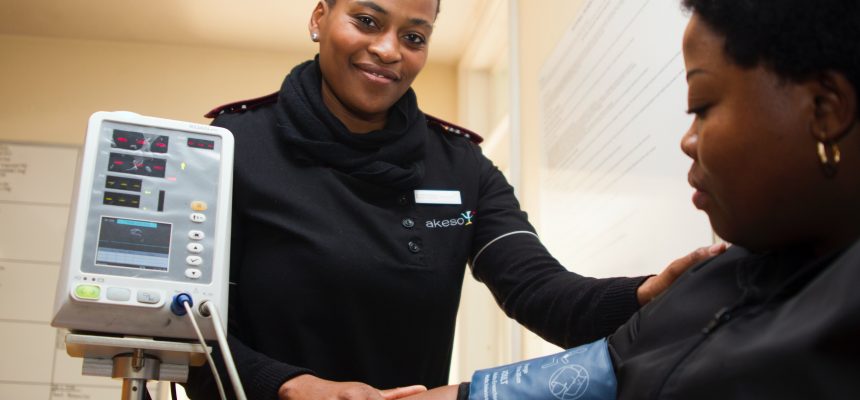A recent study published in Cancer Causes & Control reveals significant ethnic disparities in cancer mortality rates in the interior of São Paulo state, Brazil. Despite higher human development indices (HDIs) and a lower percentage of Black individuals in the population, a larger proportion of cancer-related deaths occur among Black people in the Barretos region compared to São Paulo city, the state capital.
The study analyzed data from the 18 cities within the Barretos Regional Health District (RHD) and found that the number of deaths from all types of cancer is 18% higher among Black individuals compared to white individuals. This disparity is apparent for each of the six major types of cancer studied. While mortality rates for stomach, colorectal, and lung cancer remain similar between races, breast cancer mortality is 18% higher, cervical cancer mortality is 63% higher, and prostate cancer mortality is 51% higher among Black individuals within the Barretos RHD.
The study, conducted between 2011 and 2017, utilized mortality data from Brazil’s national public health network, Sistema Único de Saúde (SUS), which includes information on patients’ self-declared race or skin color. The leading cause of death from cancer, regardless of race, was lung cancer in both the Barretos RHD and São Paulo city. Colorectal cancer was the main cause among descendants of Asians. However, more Black and multiracial women in both areas died from cervical cancer compared to white women.
These findings are not surprising considering Brazil’s historical context, including the lasting consequences of slavery and the resulting disparities in affluence and access to healthcare. However, the study did reveal an unexpected pattern in São Paulo city, where more white individuals than Black individuals die from cancer. Adeylson Guimarães Ribeiro, the first and corresponding author of the article, emphasized the importance of these findings, particularly given the sociohistorical context of the country. Ribeiro is the Deputy Director of Information and Epidemiology at the São Paulo Cancer Center (FOSP).
In São Paulo city, mortality rates for all types of cancer are 19% higher among white individuals compared to Black individuals. Additionally, mortality from breast cancer is 35% higher, lung cancer is 41% higher, and colorectal cancer is 41% higher among white individuals.
The study was led by Ribeiro during his postdoctoral research fellowship at the International Agency for Research on Cancer (IARC) in France, under the supervision of Freddie Bray, Head of IARC’s Cancer Surveillance Section. The research was conducted as part of Ribeiro’s postdoctoral internship at the Institute of Education and Research within Hospital de Amor, previously known as the Barretos Cancer Hospital. The study is part of the larger Thematic Project on Malignant Neoplasms, aiming to understand the reasons for these inequalities and ensure equal access to diagnosis and treatment for all individuals.
*Note:
1. Source: Coherent Market Insights, Public sources, Desk research
2. We have leveraged AI tools to mine information and compile it



